Hue, Saturation, Brightness and Spectrometers

When we talk about light and color, terms like Hue, Saturation, and Brightness frequently come up, but many of us struggle to explain them or grasp their significance. In this article, we aim to demystify these terms, explain why they matter, and show you how to measure them.
Hue, Saturation and Brightness Introduction
Color is a fundamental concept we use to differentiate objects, like red apples from green ones. While we can generally agree on basic color distinctions, finer shades can be subjective.
Hue, Saturation, and Brightness offer more precise ways to understand and utilize color in various fields such as Design, Business, Manufacturing, and Science. Spectral devices provide metrics to measure these characteristics accurately.

Fig 1 Photo by Agung Raharja on Unsplash
Hue: The Classification of Color (Dominant Wavelength λd).
Hue is essentially synonymous with “Color” but refers to a defined classification system as the Color Wheel (Figure 2). Designers and artists use the Color Wheel in Color Theory to mix, match, and contrast hues.

Fig 2 RGB Color Wheel
In light color, hues are similarly perceived on the CIE 1931 Chromaticity Diagram, categorized by Wavelengths around the outer edge (380nm – 780nm).
If you have an LED lamp whose color coordinates (x,y) are represented on the CIE Chroma Diagram (Fig 3), you can draw a line from the white center point through the x-y spot to the outer edge. This will reveal its hue, also referred to as the Dominant Wavelength (λd) of that light. In our example, it is yellowish-orange, or more formally 578 nm.

Fig 4 Spectrometer x-y, and Dominant Wavelength λd

Fig 3 CIE 1931 Chroma Diagram
Saturation: The Vividness of Colors (Purity).
Saturation defines a color’s vividness, with highly saturated colors appearing vibrant and rich. Conversely, desaturated colors seem washed out.
On the CIE 1931 diagram, colors near the boundary’s edge are more vivid or saturated, while those closer to the center appear duller, less saturated.
The metric “Purity” (0-100%) describes how close a color is to its outer edge, indicating its saturation level.

Fig 5 Spectrometer Purity Measurement
Brightness: The Quantity of Light (LUX).
Brightness stands apart from hue and saturation, referring to the intensity of light or quantity of light. Hue and saturation, however, pertain to the color of light.
Another way to think about it is if you crank up the brightness of a light, it will hurt your eyes, but if you crank up the saturation of a color, it will not.
Metrics like LUX, defined as lumens per square meter, measures the quantity of light reaching a surface area, in effect, Brightness.
Hue (λd), saturation (Purity), brightness (LUX): What does it all mean?
So, how do companies, businesses, and organizations utilize these aspects of light to ensure consistency in lighting applications? They use a spectrometer to measure Dominant Wavelength, Purity, and LUX to ensure lighting consistency.
Purchasing Lights: Compare and Contrast
When a consumer buys a light to replace an existing light, they’ll probably use CCT (Correlated Color Temperature) to ensure it matches other bulbs in the house. Buying a bulb with a 3000K CCT can land a λd in any of many places (Fig 8). However, they probably won’t notice any visual differences – it’s good enough.
But it does matter in public facilities like museums. Why? Because lights are typically aligned in rows, even subtle differences in the lights are noticeable. Also, buying in bulk is risky because purchasing tens or hundreds of lights that are not uniform or match existing lights could be a nightmare.
That said, spectrometers with light comparison features (Fig 9) are must-haves. If you are considering two lighting brands and want to determine which one is more uniform and better at matching existing lights in the facilities, CCT is unacceptable. You must use a finer gradient of measures like dominant wavelength, Purity, or LUX.
Also note that buyers and sellers use other metrics, like Δx and Δy to help determine the qualities of light bulbs.
Troubleshooting problems:
Light and color for LED manufacturing is not an exact science. LED engineers go to great lengths to ensure consistency and pinpoint accuracy in their light’s hue, saturation, and brightness. They will also use Dominant Wavelength, Purity, LUX, and other metrics to ensure quality or troubleshoot anomalies that customers may encounter.
Dominant Wavelength is used in LED chip classification in a process called “binning”. When LED chips are turned out, you can’t predict exactly what hue they will exhibit. So, they can only be classified after they are produced by measuring their Dominant Wavelength and placing them in the appropriate “bins”.
Conclusion:
While “Color” is a convenient term for everyday distinctions, industries like design, manufacturing, business, and research require more nuanced understandings.
When buying and selling products in bulk, a lot is at stake when trying to purchase the best lights for a facility or organization – and these organizations use spectrometers to measure Dominant Wavelength, Purity, and LUX to ensure their lights are uniform and meticulously consistent.
It’s also a high-stakes game for LED manufacturers, who compete for business and thus scrutinize details to ensure top-quality products that meet customer demands.
Tools like the Spectrometer level the playing field, making sure Hue, Saturation, and LUX are accurate, allowing manufacturers and organizations to buy and sell with integrity and confidence.
Hot Product
2 Comments
Submit a Comment
Handbook Series
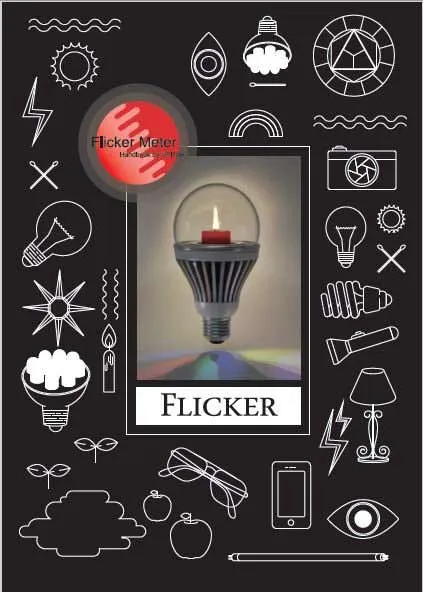
The Flicker Handbook
Everything thing you need to know about Flicker, an insidious, potentially serious lighting artifact impacting visual safety for public places like hospitals, offices, libraries, and more...
About UPRtek

United Power Research and Technology
UPRtek (est. 2010) is a manufacturer of portable, high-precision light measurement instruments; Handheld Spectrometers, PAR meters, Spectroradiometers, Light Calibration Solutions.
UPRtek HQ, R&D and manufacturing are all based out of Taiwan, with Worldwide representation through our certified Global Resellers.
Latest Articles
Category

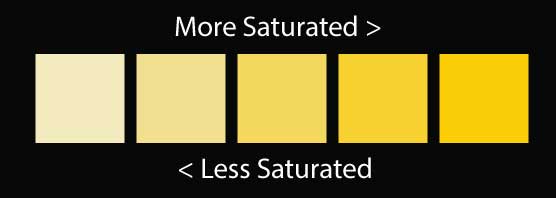
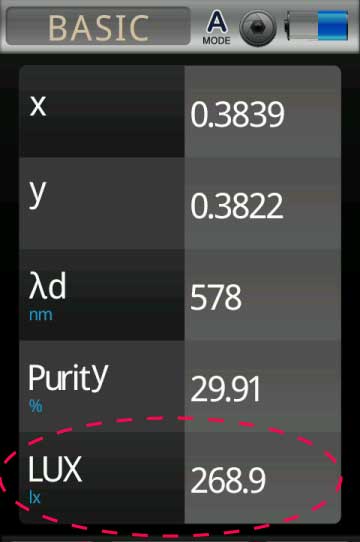









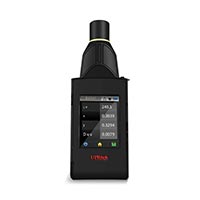

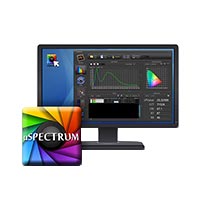
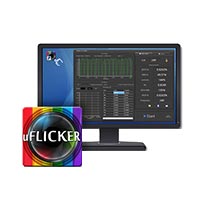

Thank you for the educational articles, they are great!
Thank you Jarda, come get our Free handbooks if you haven’t already – Lighting, Flicker, Cinema Lighting, Grow Lights. You can find them in our Support>Download Center.